Influence of Fashion Trends
Fashion trends play a pivotal role in shaping the Men's Metal Wedding Band Market. The increasing popularity of minimalist and contemporary designs has led to a rise in demand for sleek, understated metal bands. In recent years, the market has witnessed a shift towards unique finishes and textures, such as matte and brushed surfaces, which resonate with modern aesthetics. As of 2025, it is estimated that approximately 40% of consumers prefer non-traditional designs, indicating a departure from classic styles. This evolving fashion landscape suggests that brands must remain agile and responsive to emerging trends to maintain relevance in a competitive market.
Expansion of E-commerce Platforms
The Men's Metal Wedding Band Market is witnessing a significant expansion of e-commerce platforms, which is transforming the way consumers shop for wedding bands. The convenience of online shopping, coupled with the ability to compare prices and styles, has led to a marked increase in online sales. In 2025, it is estimated that e-commerce will account for over 50% of total wedding band sales, reflecting a shift in consumer behavior towards digital purchasing. This trend suggests that traditional retailers may need to enhance their online presence and invest in digital marketing strategies to capture the growing segment of online shoppers. As the market evolves, the integration of augmented reality tools for virtual try-ons may further enhance the online shopping experience.
Growing Awareness of Ethical Sourcing
The Men's Metal Wedding Band Market is increasingly influenced by consumer awareness regarding ethical sourcing and sustainability. As more individuals prioritize responsible purchasing, brands that emphasize ethically sourced metals are likely to gain a competitive edge. In 2025, it is anticipated that around 30% of consumers will actively seek out wedding bands made from recycled or ethically mined materials. This shift not only reflects changing consumer values but also encourages manufacturers to adopt sustainable practices in their production processes. Consequently, the market may see a rise in certifications and transparency initiatives aimed at assuring consumers of the ethical origins of their purchases.
Increasing Demand for Durable Materials
The Men's Metal Wedding Band Market experiences a notable surge in demand for durable materials such as titanium, tungsten, and stainless steel. These metals are favored for their resilience and scratch resistance, appealing to consumers seeking longevity in their wedding bands. As preferences shift towards practicality, the market sees a growing inclination towards these robust materials. In 2025, the market for tungsten wedding bands alone is projected to account for approximately 25% of total sales, indicating a strong consumer preference for durability. This trend suggests that manufacturers may need to focus on enhancing the quality and variety of metal options to cater to evolving consumer expectations.
Technological Advancements in Manufacturing
Technological advancements are reshaping the Men's Metal Wedding Band Market, particularly in manufacturing processes. Innovations such as 3D printing and laser engraving are enabling brands to offer highly customized and intricate designs that cater to individual preferences. As of 2025, it is projected that the market for custom wedding bands will grow by approximately 20%, driven by consumer demand for personalization. This technological evolution not only enhances product offerings but also streamlines production, allowing for quicker turnaround times. As a result, manufacturers may need to invest in advanced technologies to remain competitive and meet the rising expectations of discerning consumers.



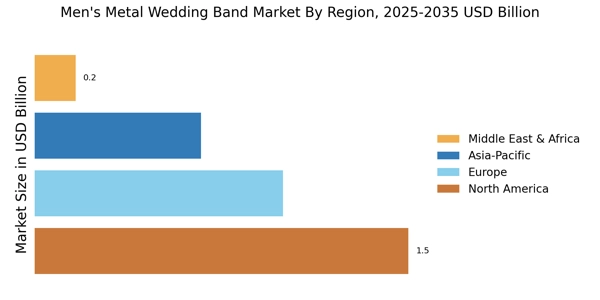
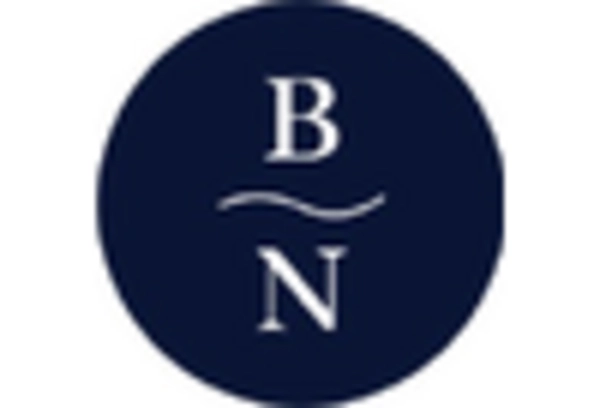

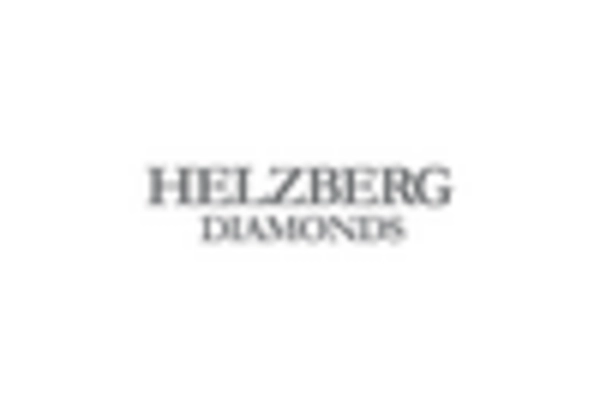
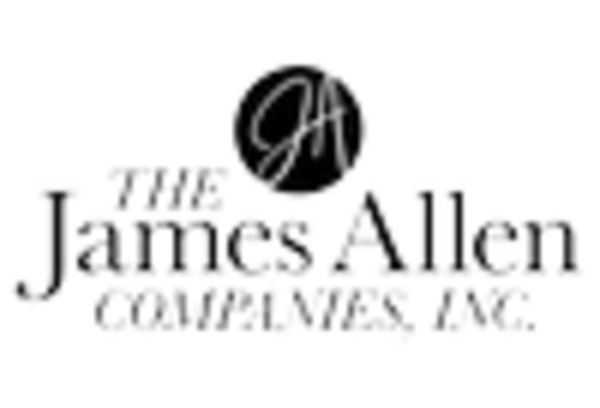
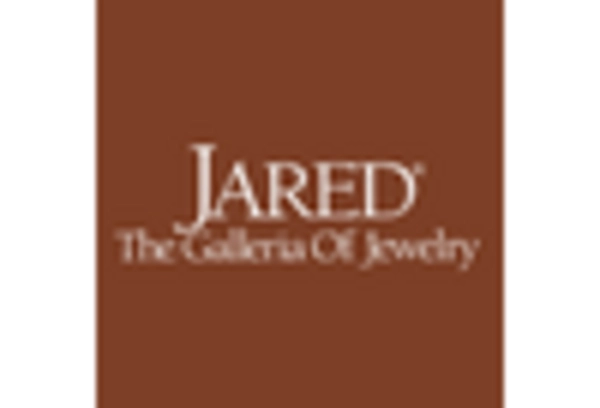
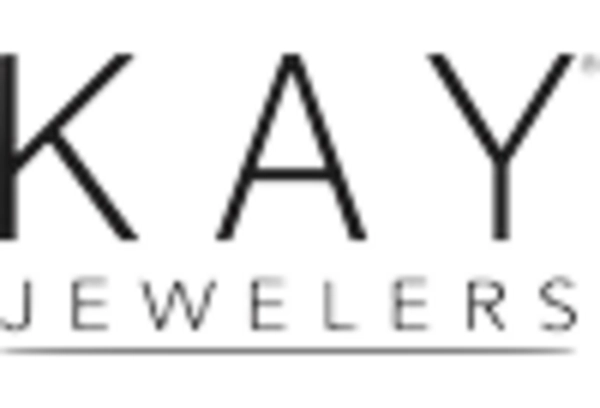
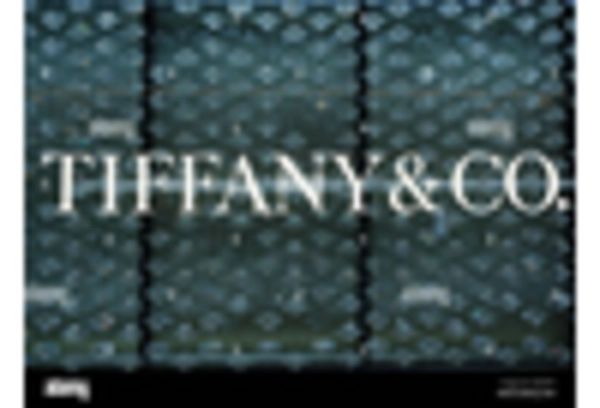
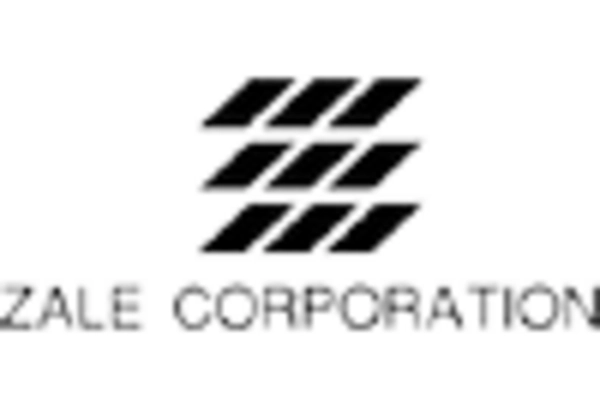








Leave a Comment